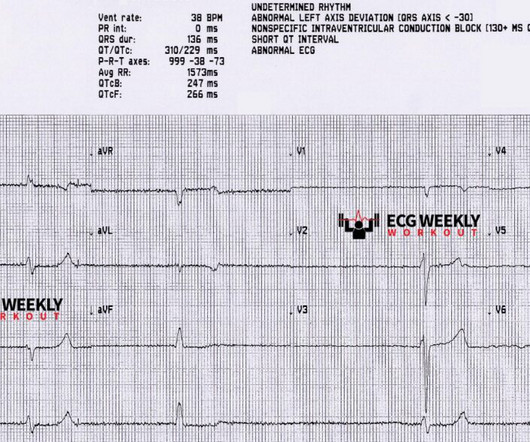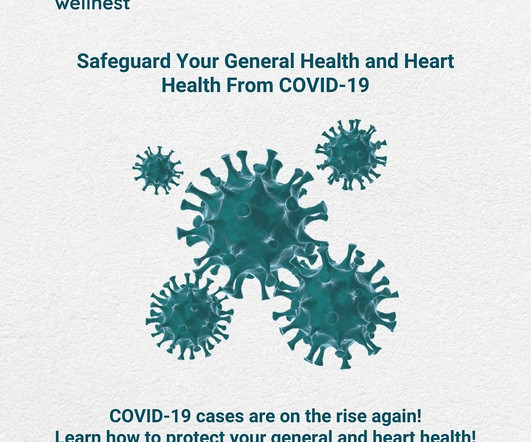Amal Mattu’s ECG Case of the Week – January 1, 2024
ECG Weekly Workout
DECEMBER 31, 2023
HPI: A 50-year-old man decides to get “his life in order” for the new year. He quits smoking, decides to eat healthier and exercise more, and to be more compliant with his blood pressure medications. A week into the new year he wakes up feeling weak and achy with nausea and vomiting. He is lightheaded when sitting or standing and has trouble getting out of bed.
























Let's personalize your content